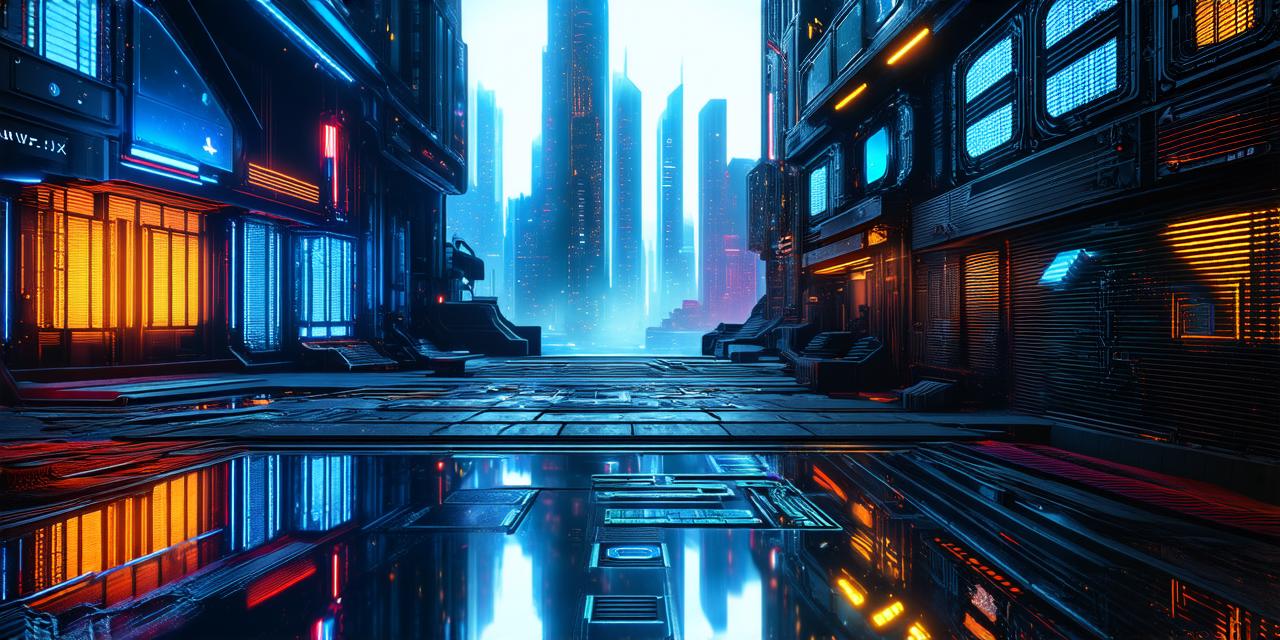As a game developer or 3D modeler, creating 3D models for games is an essential skill. Unity, a popular game engine, offers various tools and techniques to help you create high-quality 3D models quickly and efficiently. In this article, we will explore the process of creating 3D models in Unity, including best practices, tips, and tricks to help you master this art.
Getting Started with Unity and 3D Modeling Tools
Before diving into the world of 3D modeling in Unity, it’s essential to have a good understanding of the engine and its tools. Here are some basic steps to get started:
- Install Unity: Go to Unity’s website and download the latest version of the engine that suits your operating system. Follow the installation instructions carefully.
- Familiarize yourself with Unity: Once you have installed Unity, take a tour of the interface and learn about its basic components, such as the Scene view, Hierarchy, and Inspector windows.
- Choose 3D modeling software: Unity supports several 3D modeling software options, including Blender, Maya, Max, and 3DS Max. Choose the one that suits your needs and preferences.
- Import 3D models: Once you have created or downloaded a 3D model, import it into Unity using the appropriate importer tool for your chosen modeling software.
Best Practices for Creating 3D Models in Unity
Now that you have the basics down, let’s dive into some best practices and tips to help you create high-quality 3D models in Unity:
- Keep it simple: When creating 3D models for games, simplicity is key. Avoid unnecessary details or textures that can slow down performance or cause visual glitches. Stick to the essentials and keep your model as simple as possible.
- Use optimized assets: Unity offers a variety of optimized assets, such as pre-made characters, environments, and effects, that you can use to speed up development time and improve performance.
- Create modular models: Divide your 3D models into smaller, modular parts that can be easily reused and customized. This approach makes it easier to make changes or additions later on without affecting the rest of the model.
- Use texture atlases: Texture atlases are a great way to optimize textures for 3D models. They combine multiple textures into one, reducing the number of draw calls and improving performance.
- Optimize your models for real-time rendering: Unity uses real-time rendering, so it’s essential to optimize your 3D models for this process. Avoid using complex shaders or lighting effects that can slow down performance.
Tips and Tricks for Creating 3D Models in Unity
Here are some additional tips and tricks to help you create 3D models in Unity:
- Use layers: Use layers to organize your 3D model and make it easier to manipulate specific parts. This approach also makes it easier to apply materials or effects to specific parts of the model.
- Create custom scripts: Use custom scripts to add functionality to your 3D models, such as animations, interactions, or AI behavior.
- Export multiple formats: Unity supports several export formats, including FBX, OBJ, and COLLADA. Export your 3D models in multiple formats to ensure compatibility with other software and engines.
- Use version control: Version control tools like Git can help you keep track of changes to your 3D models and collaborate with other developers more effectively.
- Take advantage of online resources: There are many online resources available for Unity, including tutorials, forums, and community groups. Take advantage of these resources to learn new techniques and get feedback on your work.
